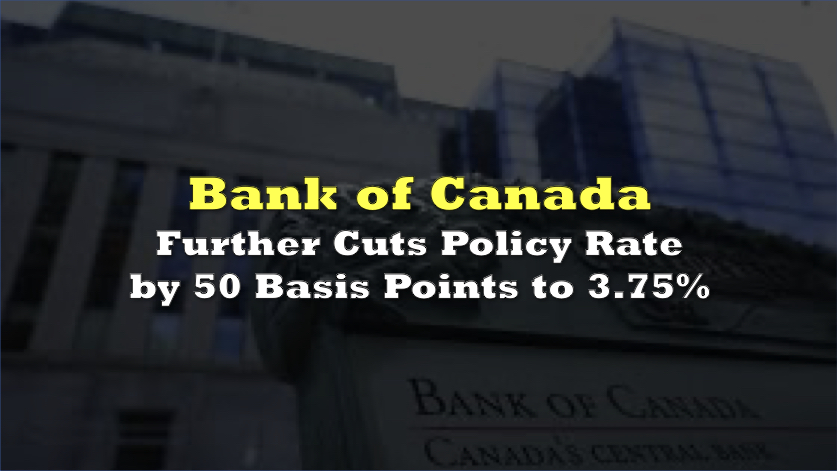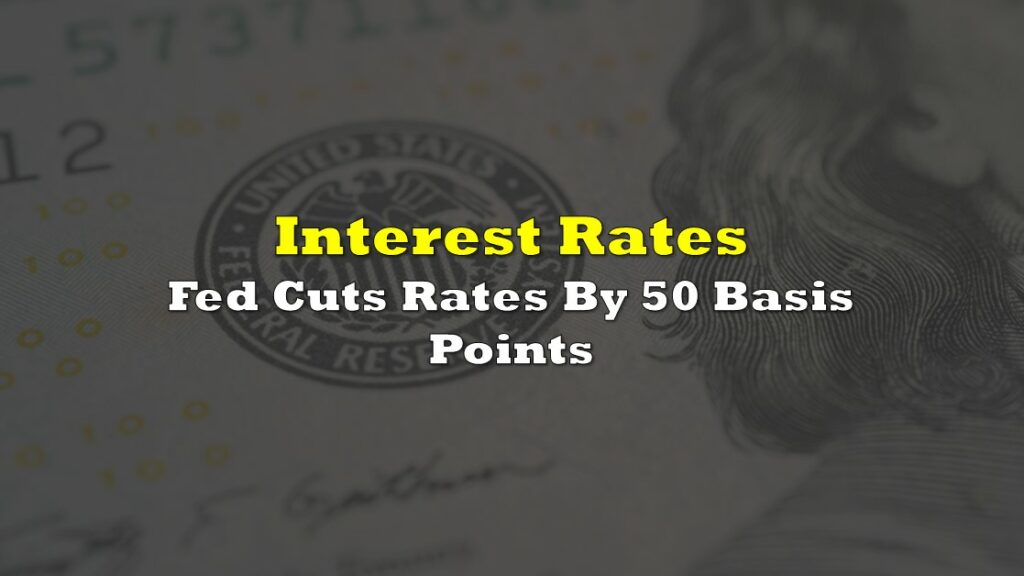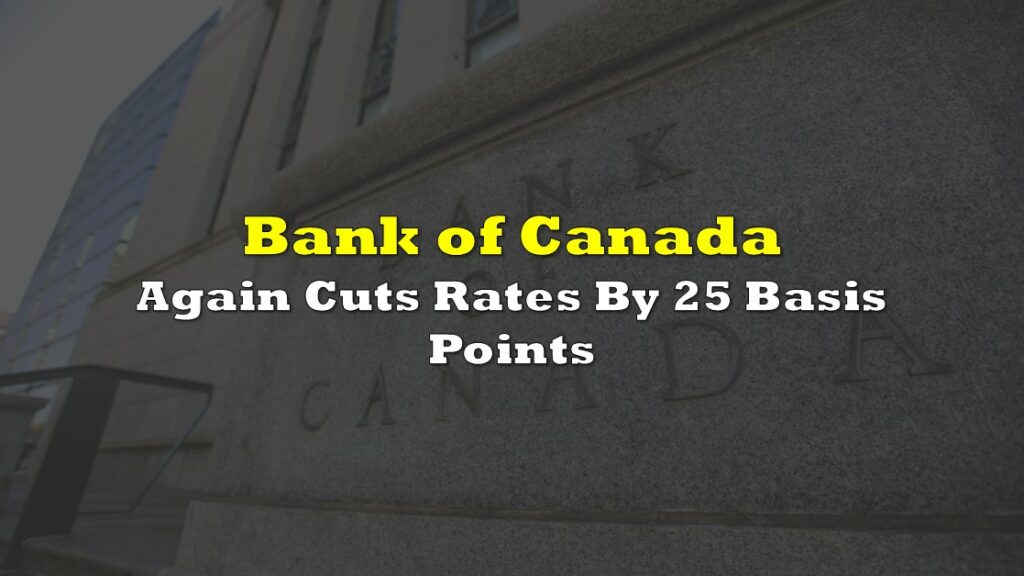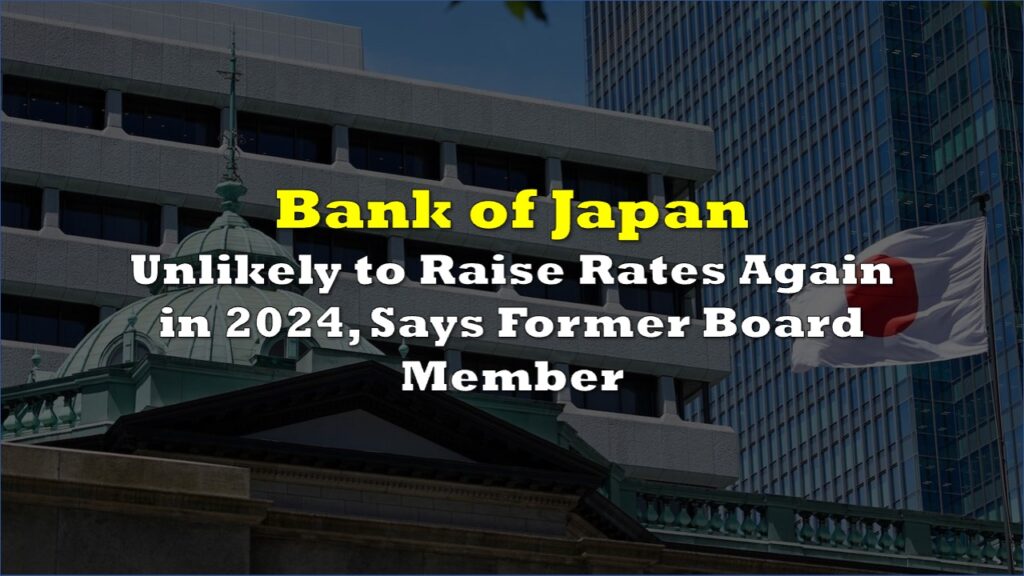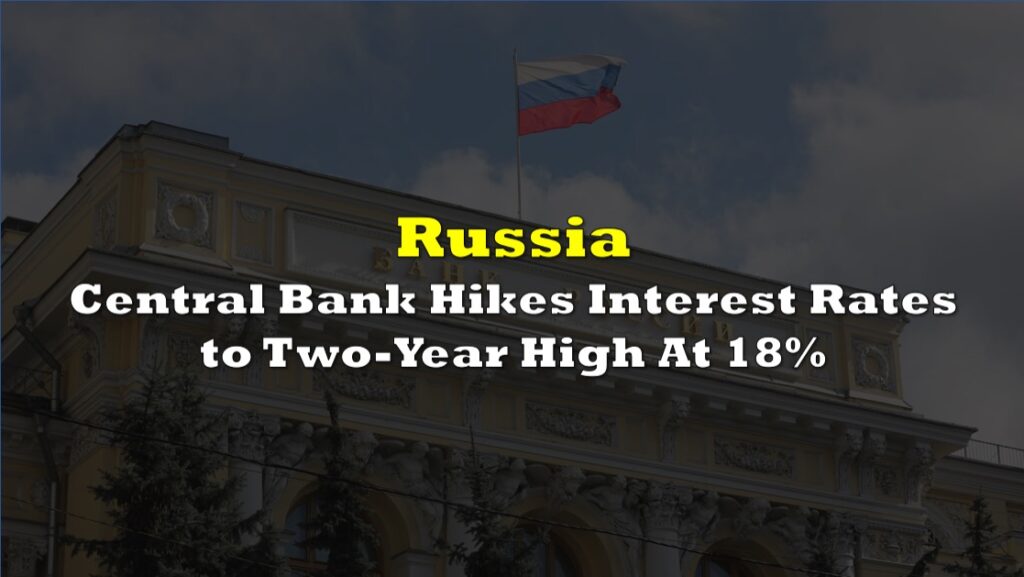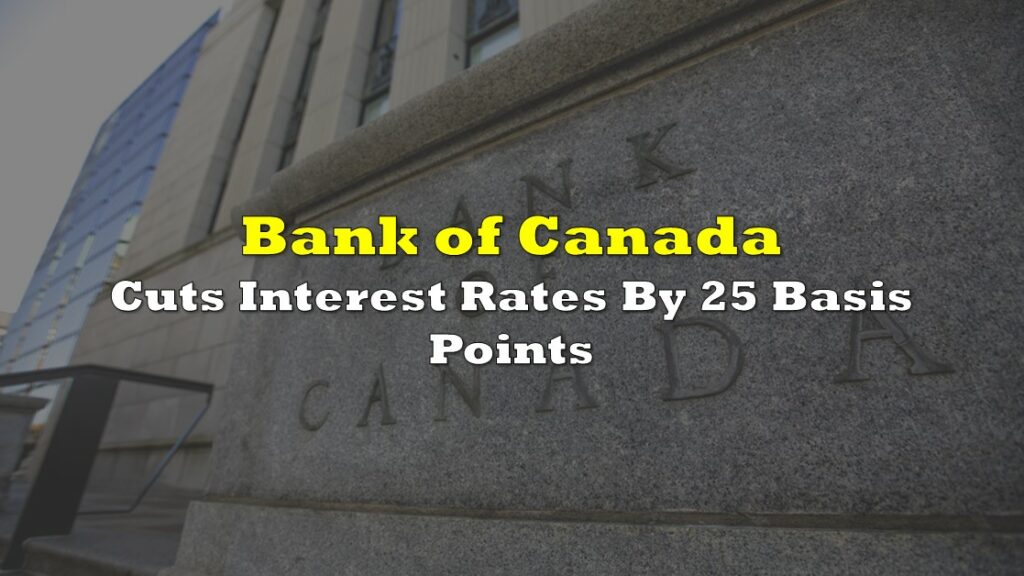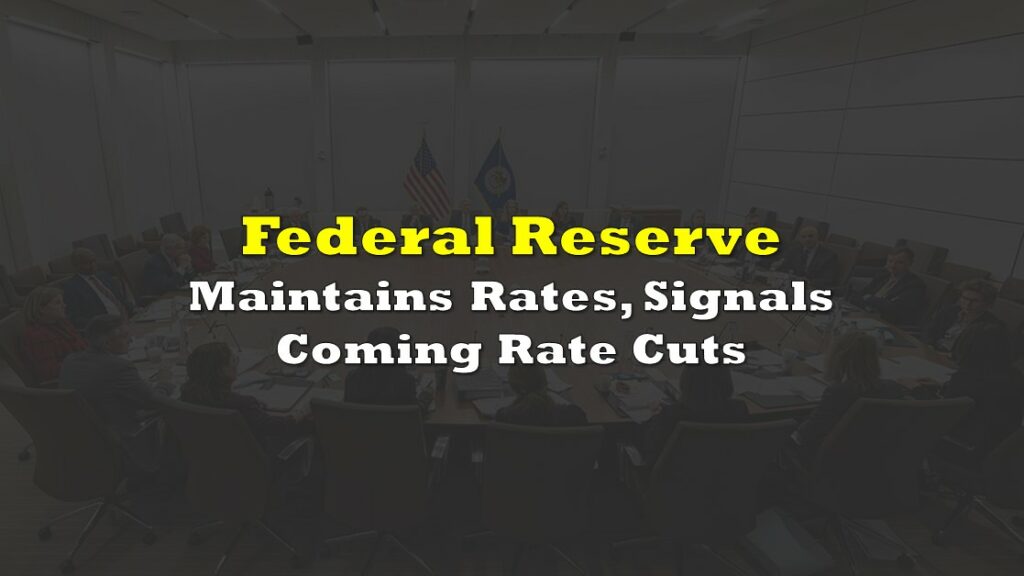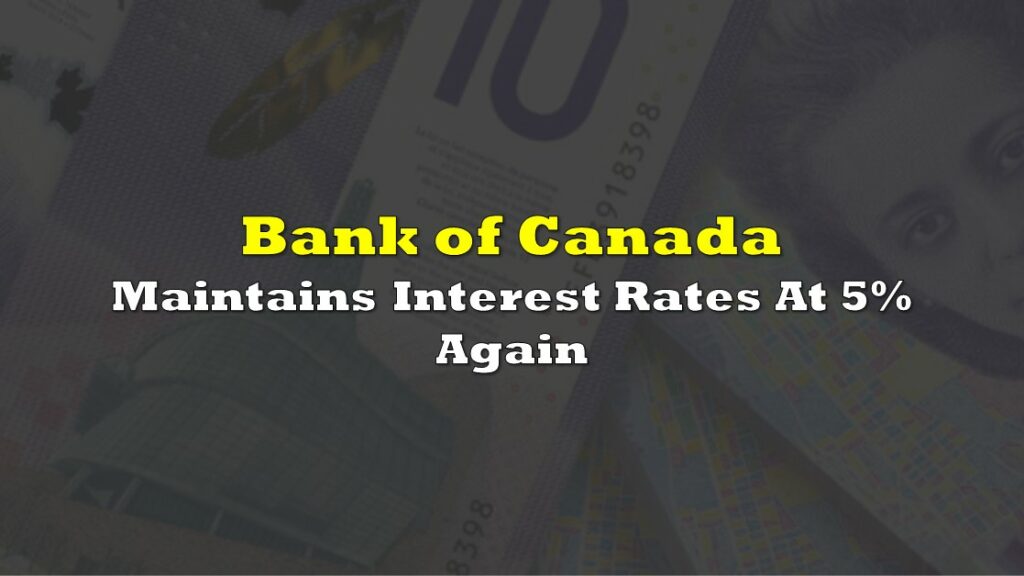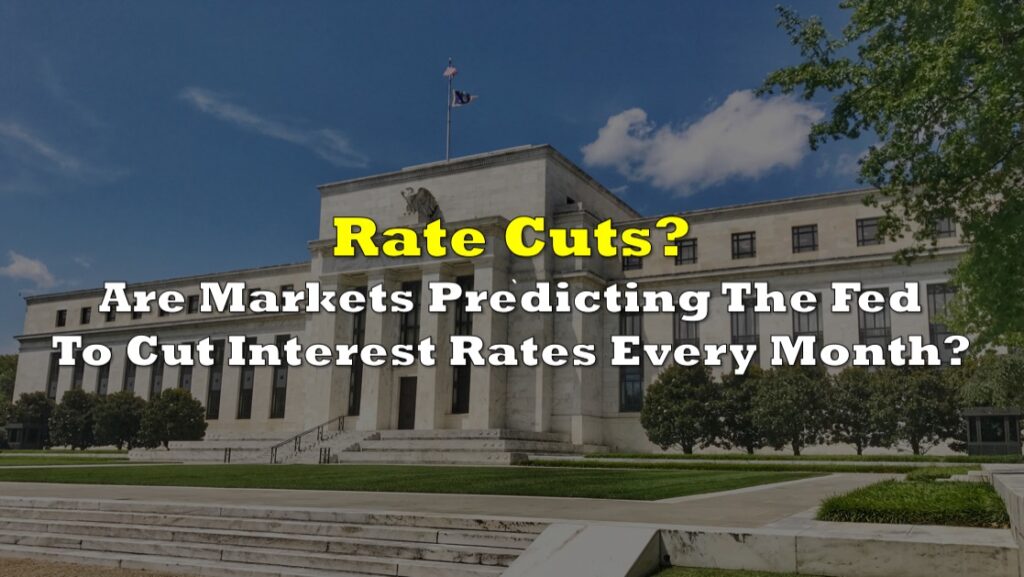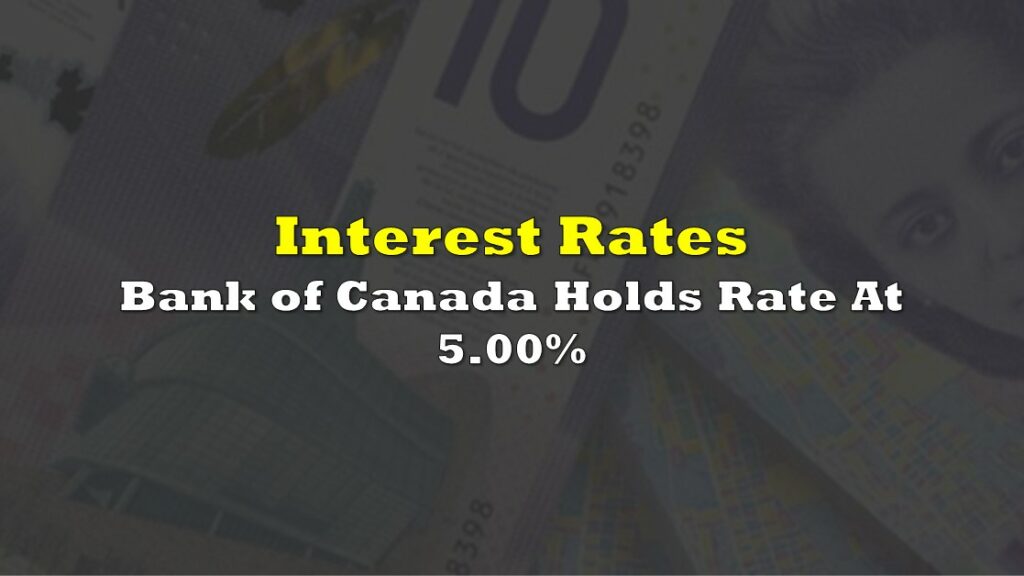The Bank of Canada (BoC) has reduced its key interest rate by 50 basis points, bringing the overnight rate to 3.75%. This decision, announced on Wednesday, marks the central bank’s fourth consecutive rate cut since June, as inflation has returned to target levels.
Inflation in Canada has fallen sharply in recent months, dropping from 2.7% in June to 1.6% in September. This decline was driven by multiple factors, including a fall in global oil prices, easing pressures in shelter costs, and a reduction in the prices of goods and services.
The central bank’s preferred measures of core inflation, which strip out volatile elements such as food and energy, now sit below 2.5%, indicating a broad-based easing in price pressures. The easing of inflation has allowed the BoC to shift its focus toward supporting demand and economic growth.
“We took a bigger step today because inflation is now back to the 2% target and we want to keep it close to the target,” said BoC Governor Tiff Macklem.
While inflation has eased, the Canadian economy remains in a state of excess supply. The economy grew at about 2% during the first half of 2024, but growth is expected to moderate to 1.75% in the second half. Contributing to this outlook is weak domestic demand, a soft labour market, and a growing workforce—particularly among newcomers and young people—outpacing the number of available jobs. The unemployment rate stood at 6.5% in September, reflecting subdued hiring.
“The economy is still in excess supply,” Macklem explained, referring to the mismatch between the available workforce and job creation. He noted that population growth, particularly from newcomers and young workers, has outpaced the number of available jobs. “The number of workers has increased faster than the number of jobs, which is why the unemployment rate is where it is today,” he said.
Despite these headwinds, the BoC expects GDP growth to gradually strengthen in the coming years. The economy is forecast to grow by 1.2% in 2024, with growth picking up to 2.1% in 2025 and 2.3% in 2026, as lower interest rates boost consumer spending and business investment.
On the global stage, the BoC expects the world economy to expand by about 3% over the next two years, with stronger-than-expected growth in the United States offsetting a subdued outlook for China. Global oil prices have fallen by about $10 per barrel since the summer, contributing to lower inflation across advanced economies.
However, the central bank remains cautious about potential risks to its inflation outlook. While excess supply in the economy is gradually being absorbed, wage growth remains elevated relative to productivity gains, posing a potential upside risk to inflation. Geopolitical uncertainty and unexpected shifts in global oil prices also add complexity to the inflation trajectory.
Looking ahead, the Bank of Canada expects GDP growth to pick up gradually over the next two years, supported by lower interest rates, which should encourage consumer spending and business investment. The bank forecasts 1.2% growth in 2024, with a rebound to 2.1% in 2025 and 2.3% in 2026.
“We anticipate stronger growth as interest rates come down, but we’re mindful that this recovery will be gradual,” Macklem cautioned.
Macklem stressed that while the BoC is optimistic about the recovery, it will proceed cautiously. “We will take our monetary policy decisions one at a time, guided by the latest data,” he said. Further interest rate cuts are possible, but they will depend on how the economy evolves. “If the economy evolves broadly in line with our latest forecast, we expect to reduce the policy rate further,” Macklem added.
The next scheduled interest rate decision is set for December 11, 2024, when the Bank will reassess its monetary stance based on the latest economic and inflation data.
Information for this story was found via the sources mentioned. The author has no securities or affiliations related to the organizations discussed. Not a recommendation to buy or sell. Always do additional research and consult a professional before purchasing a security. The author holds no licenses.

